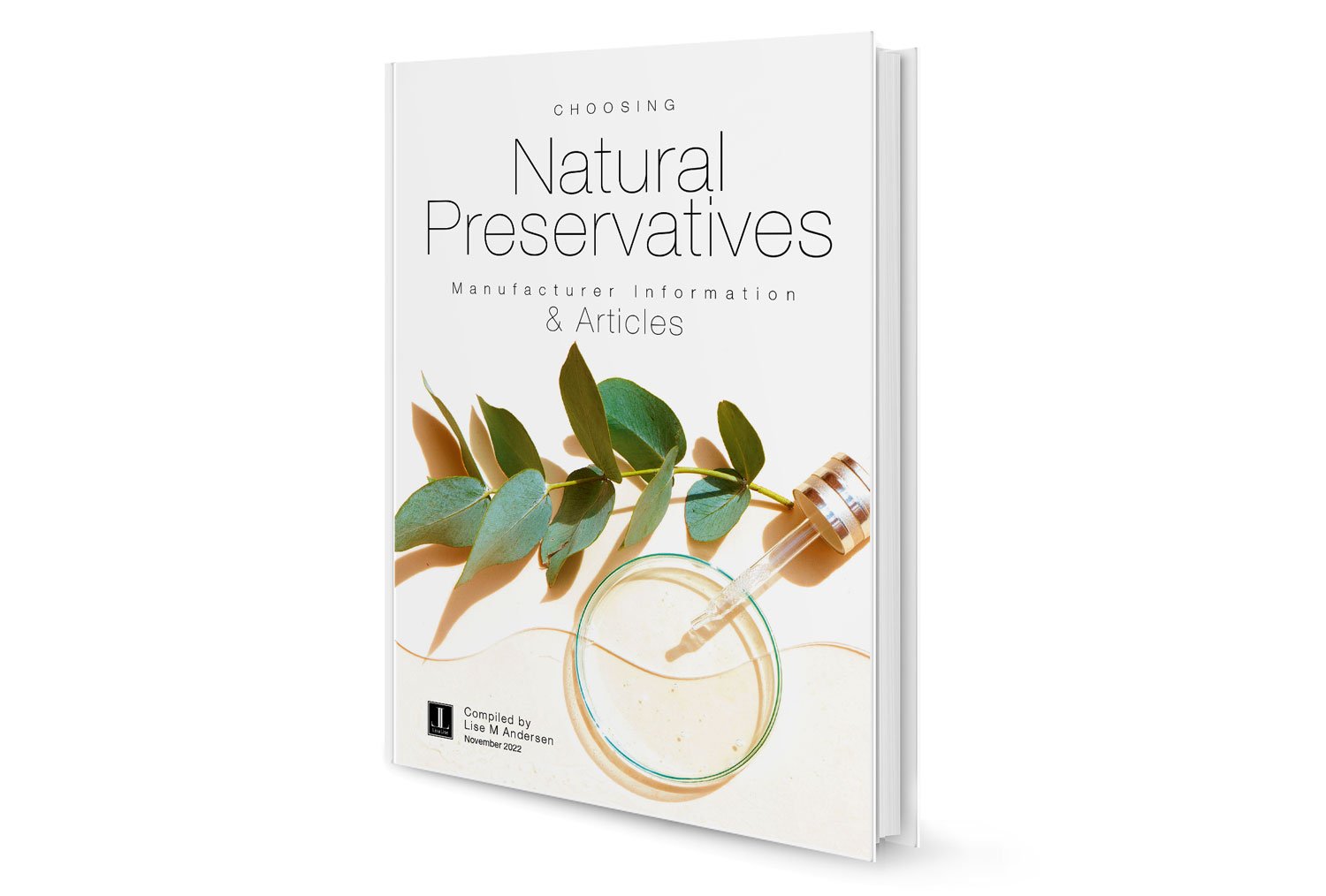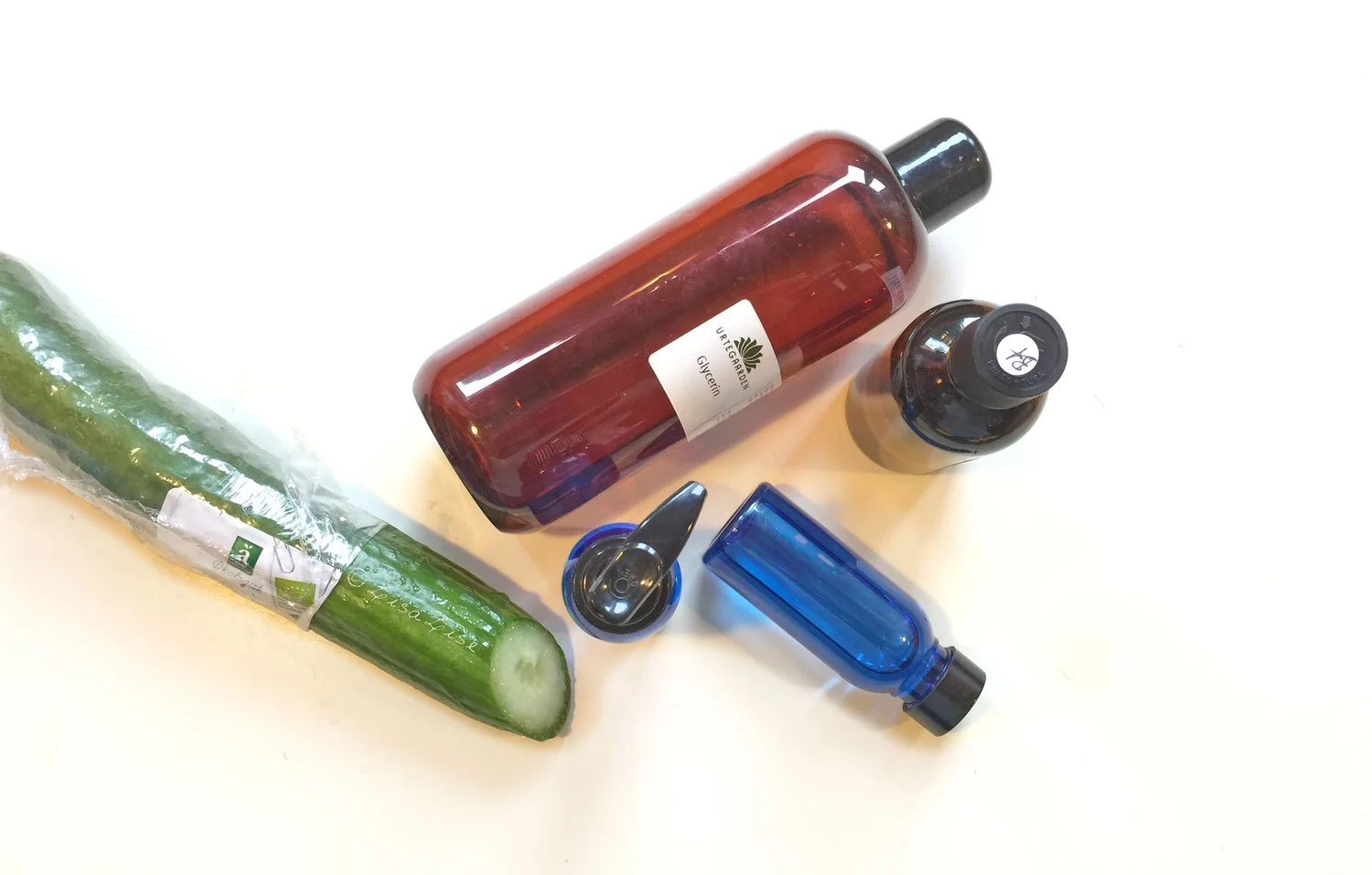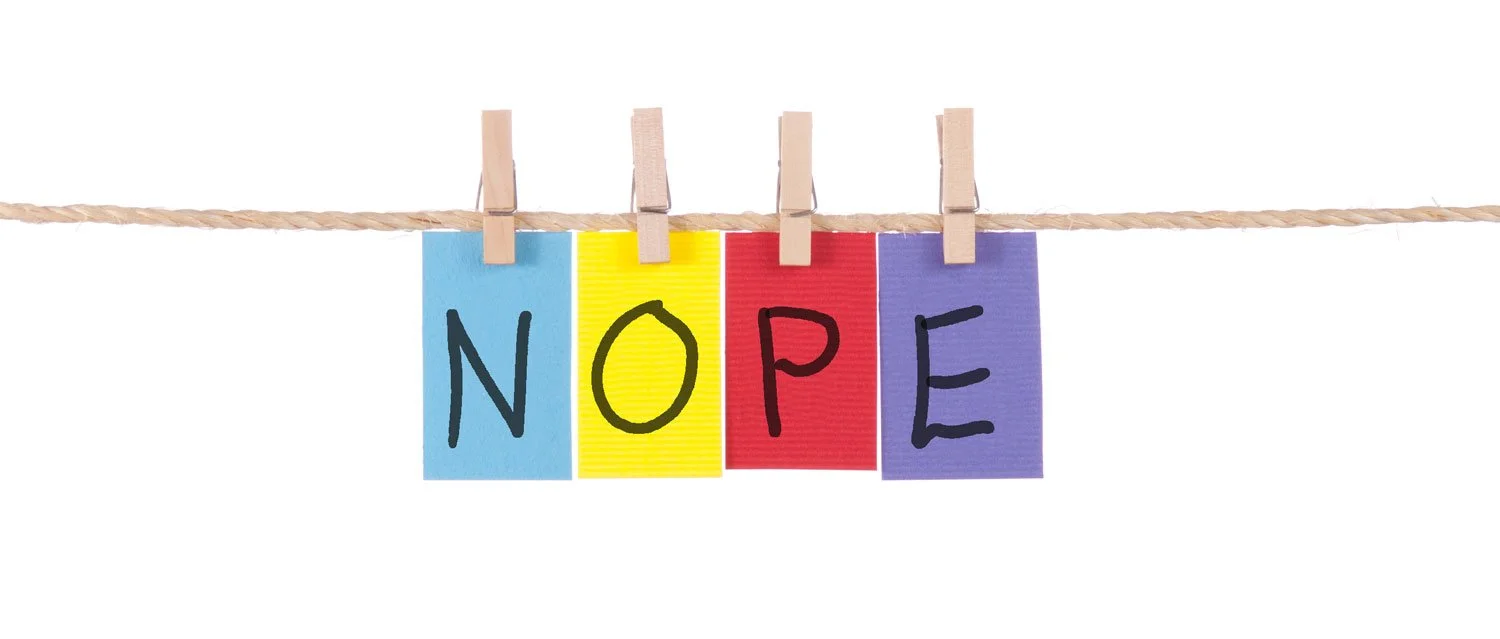Is this Scary?
According to some, it gives cause for concern. According to others, it doesn't.
Science doesn't agree on every point and is continually studying and reassessing, so I'm going to give you a few of the different (and more current) statements I have been able to find.
Cosmeticsinfo.org writes:
"Para-hydroxybenzoic acid (PHBA) occurs naturally in many fruits and vegetables, such as cucumbers, cherries, carrots, blueberries, and onions, and is also formed naturally in your body by the breakdown of certain amino acids. The parabens used in cosmetics are identical to those found in nature, and are quickly eliminated by the body."
(LINK)
Robert Tisserand, author of Essential Oil Safety, wrote an article in 2009 entitled The Paraben Parable where he states
"The paraben “scare” was based on the fact that parabens were found in the breast tissue of women with breast cancer, even though no causal association was established. Presumably milk might be found in cancerous breast tissue too, but does that mean that milk causes breast cancer? No, the fundamental reason for banishing parabens was that the popular press decided that parabens very likely caused breast cancer."
Read the entire article here.
Dene Godfrey, author of Preservation and Preservatives is quoted in a 2009 article in Cosmetics Design saying that much of the bad press about parabens stems from a study published in 2004 that was "seriously flawed". (LINK)
The Scientific Committee on Consumer Safety (SCCS) confirmed (after yet another review of) the safety of parabens in cosmetics in 2013 that, dosed as recommended, parabens are still safe for use in cosmetics. (LINK)
Some of the more recent studies are more cautious. This 2021 paper 'Parabens as chemicals of emerging concern in the environment and humans: A review' states
"..recent research indicates that parabens may act as endocrine-disrupting chemicals (EDCs) and thus, are considered as chemicals of emerging concern that have adverse human health effects."
(LINK)
The most recent (2021) information from the (European) Scientific Committee on Consumer Safety (SCCS) (specifically on propylparaben) concludes that it comes down to a question of dose:
"The available data on propylparaben provide some indications for potential endocrine effects. However, the current level of evidence is not sufficient to regard it as an endocrine disrupting substance, or to derive a toxicological point of departure based on endocrine disrupting properties for use in human health risk assessment."
(LINK)
The Amended Safety Assessment of Parabens as Used in Cosmetics, 2020 states:
"The Panel concluded that 20 of the 21 parabens included in this report are safe in cosmetics in the present practices of use and concentration described in this safety assessment when the sum of the total parabens in any given formulation does not exceed 0.8%."
(LINK)
In contrast, the USA continues to use parabens that have been banned in the EU since 2014. This article from 2019 by Oliver Milman in the Guardian states:
“Generally, the EU has got it right. In the US, we have a strong favouritism towards companies and manufacturers, to the extent that public health and the environment is being harmed. The pendulum has swung in an extreme way and it’s really going to take a general awakening by the public.”
(LINK)
Conclusion: Too Much Confusion
It's no wonder many have steered clear of parabens over recent years. Some parabens are completely banned in some countries and allowed in others.
They continue to be 'lumped together' as a single thing which makes the question of 'paraben safety' confusing for everyone. Which paraben are we talking about, and at which usage rate? I can understand how some might find it easier to just say no to all of them as it takes a serious amount of research to stay up to date with the latest findings. And since paraben preservatives have been around for almost 100 years, there's enough information and studies to get stuck into!
I have worked with parabens for numerous years and would have to dig deep in both my notes and memory to find a single occasion where they have failed in a formulation. I don't recall that they ever have. There's no denying that consistently stable and able preservatives makes formulation work even more enjoyable - who doesn't love a stable workhorse preservation system?
That said, I have been so immersed in Hurdle Technology in recent years that I rarely use any 'added' preservatives in my formulations any more.


















